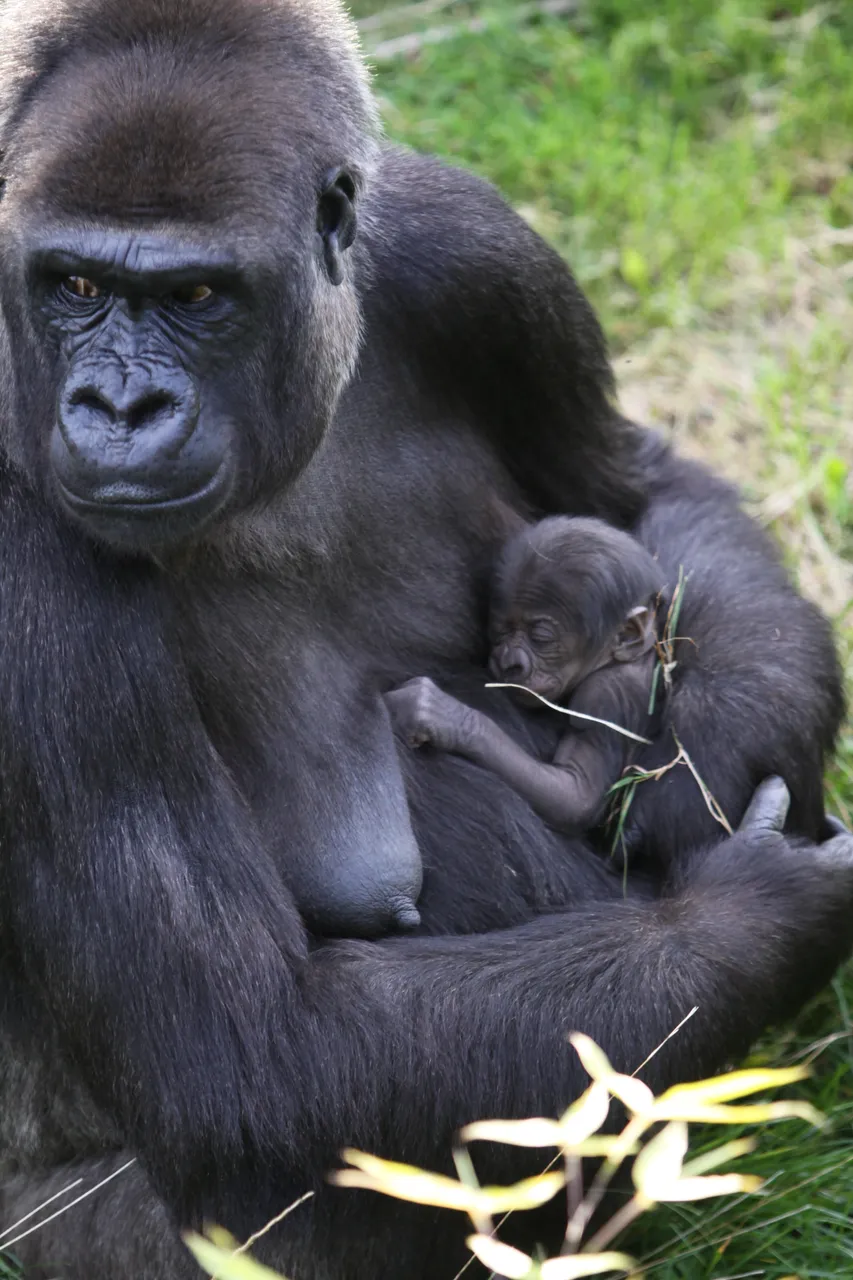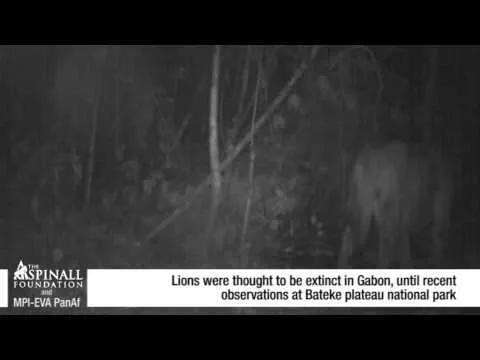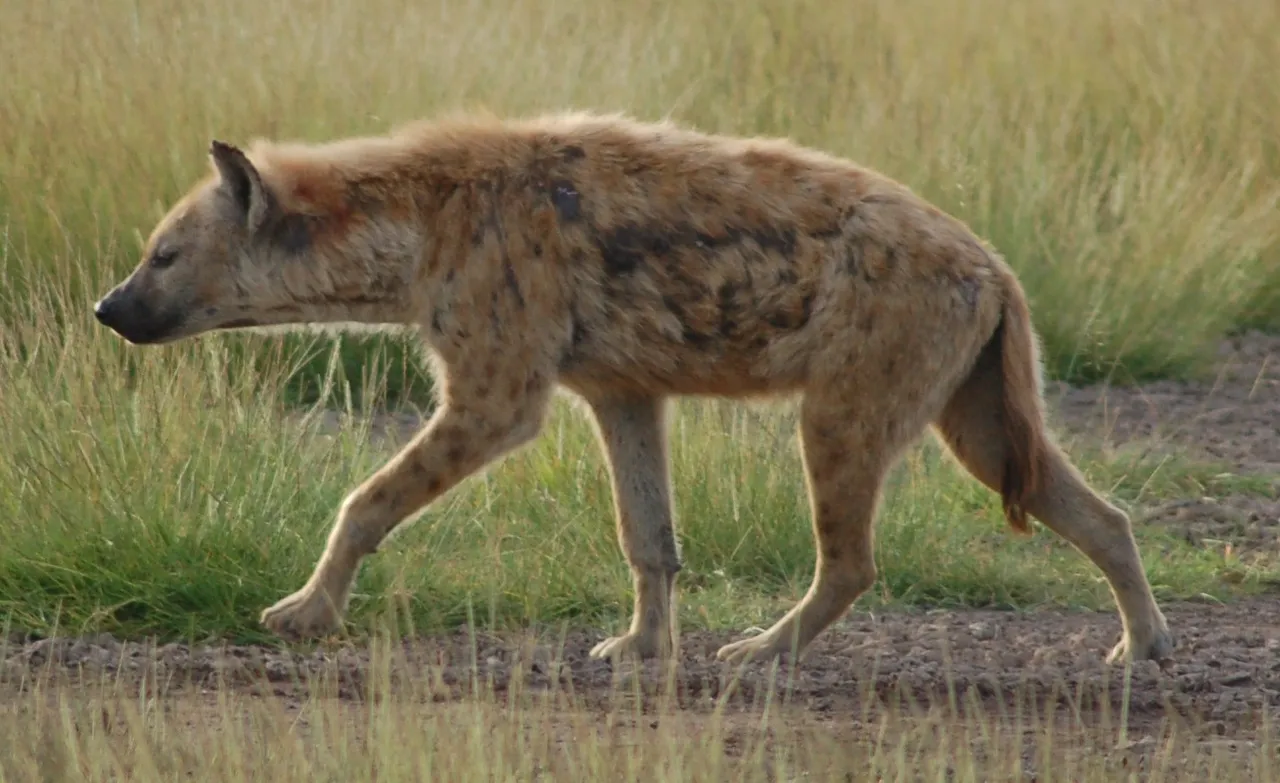The Batéké Plateau National Park is Gabon, Africa is a 2,034 km2 protected area that was added to the UNESCO World Heritage Site list back in 2005. The national park was created by the Gabon government in 2002, but at that point it was in bad shape. Illegal hunting had been a big problem for the area, and most big mammals became locally extinct after the hunters started to use guns instead of traditional hunting tools.
A conservation group called The Aspinall Foundation began their reintroduction plans, and what they wanted to do was to reintroduce the western lowland gorilla (Gorilla gorilla gorilla) to the area. The first gorillas were reintroduced back in the 1990s, and the population rose slow but steadily.

A western lowland gorilla mother with its offspring; the first species to be reintroduced to Batéké Plateau National Park. Image by Wikimedia Commons user Elrond, posted with the Creative Commons Attribution-Share Alike 4.0 International license.
The gorillas are considered Critically Endangered by the IUCN, so getting a breeding population in a new area like this one is very good news for conservationists.
Using the gorilla as an umbrella species
An umbrella species is a species that after receiving protection, indirectly protects other species as well. We have many instances of this; just think about how many smaller species that are saved from declining numbers because of the huge protection the giant panda (Ailuropoda melanoleuca) got in China! The Aspinall Foundation figured the same thing would happen with the gorilla, and once they were back in the area, other species would naturally start to return to the national park.
A lion shows up
In 2015 a wildlife camera caught a photograph of a wild lion for the first time, and this was very good evidence of the plan actually working. This apex predator obviously plays a huge role in the ecosystem, so for one to return to the park indicates that there are plenty of prey there, and a somewhat healthy ecosystem.

Here is a YouTube video with footage of the lion in the national park!
The sole lion is still living in the park even a few years later, and the conservation group hopes to bring some female lions into the area in order to get a breeding population of lions in the park.
More cool species shows up in the park
After the arrival of the lion, even more species began to show up, and this time both chimpanzees (Pan troglodytes), red river hogs (Potamochoerus porcus), forest elephants (Loxodonta cyclotis), antelopes, and the small cat-like serval (Leptailurus serval) found its way to the national park.
And now a spotted hyena has been photographed
The latest animal to show up in the national park is a spotted hyena (Crocuta crocuta). This is the first time in 20 years that the spotted hyena has been found to be in the park, and this is another huge victory for the conservation group who has spent a lot of time and money to restore this park to its former glory.

A spotted hyena. Image by Flickr user Sara&Joachim, posted with the Creative Commons Attribution 2.0 Generic license.
Proof that protection areas and ecosystems work
What I wanted to show with this post is that protection areas can have a huge impact on the wildlife if we work hard to make it return to its natural state. By introducing the gorillas, the entire ecosystem started to attract other species, and at this point, the species richness in the area is much higher than only a few years ago.
Thanks for reading
If you want some more info, check out the press release about the discovery of the spotted hyena. There are also some links in the text for those of you who really wants to check it out! Anyway, thanks for reading.
Want to read more about this topic?
- Chile just created 5 new national parks with over 10 acres of land.
- Gabon has had more cool animal news lately; check out the dwarf crocodiles that have never been outside of the cave!
- Wonder what the biggest predicting factor of wildlife decline is? New research shows that it is armed conflict.
- The spotted hyena is not the only species of hyena, and if you want to learn more about these, check out this post.